Pyre material composition in each country
Aistana:
Wood materials
Expensive pyres: Ash, pomaceous fruitwood, and oak, which is best materials to burn the body completely.
Ordinary pyres: Ash, holly, and hornbeams.
Cheap pyres: Pine, poplar, and willow mixed in to lower the cost, due to their poor burning quality.
Those who live in middle east of Aistana might use beech as well. Coastal uses dried seaweed.
Oils and grease for faster burning
Expensive firestarter: Alcohol, which is used by the rich, some even give it as the deceased's last drink, and then tosses almost an entire bottle on the body.
Olive oil, which has to be imorted from southern countries. Often the church prefer using olive oil for their dead clergy, since it is considered to be most pure and well-scented.
Mediocre firestarter: Poppy oil, walnut oil which is much more accessible to people living in Aistana.
Cheap firestarter: Tallow.
Bainoil:
Wood materials
Expensive pyres: Ash and oak.
Ordinary pyres: Beech, hornbeams, ash.
Cheap pyres: Maple, linden, pine, and poplar mixed in to lower the cost, due to their poor burning quality.
Oils and grease for faster burning
Similar to Aistanian firestarters.
It's not all from Bainoil who are Irathians, some prefer the Rathianic funeral traditions. This is because to Isith forced her faith onto the people in those countries, she managed to conquer in Western Agia.
— Aewydim Scibodaeth
Atlasé:
Wood materials
Expensive pyres: Ash, oak, hazel, rowan, birch
Ordinary pyres: Beech, elm, birch, rowan,
Cheap pyres: Linden, maple mixed in to lower the cost, due to their poor burning quality.
Oils and grease for faster burning
Similar to Aistanian firestarters.
Atlasé has an abundance of high quality wood in especially northern Atlasé, some are traded to Fundras and Estain. It is probably one of the cheapest places in north of Western Agia to have a decent quality pyre at less costs. But like Bainoil, a minority prefer Rathianic funerals instead of Irathian.
Estain:
Wood materials
Expensive pyres: Ash and oak.
Ordinary pyres: Beech, sycamore and hornbeams.
Cheap pyres: Spruce and pine.
Oils and grease for faster burning
Similar to Aistanian firestarters. But in the southern Estain olive oil is more common than walnut and poppy oil.
It is funny to thing such a large area as Estain relies on imported wood to keep the fire going under the pyre. But there is the huge area, called Lintudoma, which makes it difficult to grow any vegetation in the affected area. Thus, Estain mostly rely on their oak forests and trade.
Fundras:
Wood materials
Expensive pyres: Oak.
Ordinary pyres: Hornbeam and beech.
Cheap pyres: Pine.
Oils and grease for faster burning
Similar to Aistanian firestarters, except only a few can afford olive oil. Uses dried seaweed to save timber.
Fundras is truly the worst place in all of Western Agia. Half the country is covered by the Lintudoma, the other half is covered by misery from the daily sacrifices to the beast in the chasm. Wood is scarce in this nation, making trade vital. Luckily, their areas and "duty" to keep the beast at bay, makes them undesirable enemies to anyone and they therefore have access to any trade agreements.
Ceiragh
Wood materials
Expensive pyres: Oak.
Ordinary pyres: Hornbeams, sycamore and beech
Cheap pyres: Pine.
Oils and grease for faster burning
Primarily uses Ceiraghian olive oil. Those who cannot afford olive oil, uses tallum like other countries.
Ceiragh might look like a big country, but it is one of the smallest countries in Western Agia. This is because most of Ceiragh is situated in the Lintudoma. Despite it being a small country, it is well surplied with wood and makes pyres less expensive compared to other countries. Ceiragh makes their own olive oil from the island south of Ceiragh, that is hard to travel to.
Galidynos
Wood materials
Expensive pyres: Oak and ash.
Ordinary pyres: Beech, hornbeams, sycamore, and elm.
Cheap pyres: Spruce, willow, alder, and poplar.
Oils and grease for faster burning
Galidynos primarily uses imported oils, and tallum if there are no oil available.
Galidynos have a high consumption of wood because of Ghrefeims that uses it for mining as well as their pyres outside the mountain. North of the Galline mountains the forests are scarce, but south is there plenty of wood - if they had not need to fight over it with the other nations, and the small tribe of Bucaths.
Laezla
Wood materials
Expensive pyres: Oak and ash.
Ordinary pyres: Beech, sycamore, and elm.
Cheap pyres: Linden, maple, pine, fir, and chestnut.
Oils and grease for faster burning
Laezla have different quality of olive oil, making it available for almost all types. But they too use tallum.
Laezla is truly remarkable, it has such a variety of tree speciments depending on where you are. Despite their low quality, there are some wood for cheaper pyres that is used for the expensive ones. This is because of their community sense to gift a piece of expensive wood to a cheaper pyre. Each tree has their own symbolism used to show the personality of the deceasd.
Magaun
Wood materials
Expensive pyres: Oak and rowan.
Ordinary pyres: Beech, elm, holly, sycamore, and yew
Cheap pyres: Maple, linden, poplar, fir, pine, and spruce.
Oils and grease for faster burning
Magaun produce olive oil in different qualities as well. But those who cannot afford oil, use tallum as well.
Magaun is the lands of untold pleasures. If you want a feast while mourning your beloved, Magaun provide with all the ingredients to make the pyre tradition memorable. While they may be more lenient towards the strict Irathian doctrine in higher Western Agia, they still value the pyre tradition their own way.
Reithos
Wood materials
Expensive pyres: Oak and ash.
Ordinary pyres: Beech, hornbeams, sycamore, and hornbeam.
Cheap pyres: Pine, fir, maple, sweet chestnut, and poplar.
Oils and grease for faster burning
Reithos produce olive oil in different qualities as well. But those who cannot afford oil, use tallum as well.
Reithos has always had a good position to trade its olive oil to other countries, especially Estain, since it is one of two routes around the mountain range Galline. Reithos therefore have a rich merchant guild, who draw a lottery to help a poor person get a pyre chance. The church is not fond of this, since they too have a lottery to keep close eyes on their followers.
Samrun
Wood materials
Expensive pyres: Oak and pomaceous fruitwood.
Ordinary pyres: Sycamore.
Cheap pyres: Pine.
Oils and grease for faster burning
Samrun produce olive oil in different qualities like all the other lower Western Agian countries. But those who cannot afford oil, use tallum as well.
Samrun is very alike to Laezla and Thebas. The family of the deceased buy or carve an animal that will guide the way to Irath'las. The animal is carved from a piece of wood that symbolises th personality of the deceased, like Laezla's tradition. The animal tradition originates from Southern Agia and Thebas.
Thebas
Wood materials
Expensive pyres: Oak, ash, rowan, and pomaceous fruitwood.
Ordinary pyres: Hornbeam, elm, yew, and sycamore.
Cheap pyres: Pine, poplar, linden, maple.
Oils and grease for faster burning
Thebas produce olive oil in different qualities as well. But those who cannot afford oil, use tallum as well.
Thebas lay down a wooden animal to the deceased for it to guide and protect them on their way to Irath'las. It is a tradition originating from Southern Agia that made its way to lower Western Agia. Since Samrun also have this tradition, there are often merchants selling these figures in each of the two countries. The church is not fond of the protective animal tradition, since they believe it makes their faith weaker.
The Stages for the Dead
Preparations for the Dying
Before Death
When a person lies dying, a priest is called along with the Undertaker guild to come and start the rituals to ease the passing, making sure the soul is not leaving before the ritual is done to wander on land.
The priest anoints the dying with olive and yew oil above their heart and on their forehead, originating in the story of Foras defeating
Isith with a spear dipped in yew poison. Unfortunately,
Hailan Foras was also hurt by her own spear, thus dying together with Isith. Since Irath were the one to suggest yew for the spear to kill Isith, it is closely connected to death, but since Irath made the funeral pyre for Foras and her apprentices to keep them by her side in Irath’las, symbolising the resurrection to Irath’las. It is only the final oil that contains yew due to its high toxicity.
"Forgive me, mother-sister. I did not want to kill you, but it was necessary to stop people from dying. I wish things could have been different.” Said Foras, who finally let her tears run down her cheek..
"I too wish things could have been different, niece.” Said Isith, in a low and raspy voice. Her last tears froze on her cheek as she drew her last breath. Not long after, Foras joined her in death. Irath made a funeral pyre by herself where the bodies of the apprentices and Foras were placed and burned so they could join her in Irath’las.
— Book of Irath, Creation of the Age of Ice
Most dying chooses to end any conflict they had with their families and settle the inheritance if it had not been done so beforehand. This is to commemorate Foras who ended her and Isith’s differences to find peace.
If there are no priests present, or the time is dire, a
Barber-surgeon or a midwife can gift the dying of listening to their last confession, but only those certificated by the church can give the final oil as well.
After Death
When a person is dead, the church bell shall ring four times for a man and two for a woman. The bells will ring the amount the rank a clergy rank requires. It’s common for the bells to ring between after the rising
Glux and before the setting Glux. If a person dies after setting Glux, the family will have to wait the entire night for the bells to announce the death.
Just after the passing, the family closes the door and puts either a fresh poppy flower or a dried poppy on the entrance to notice anyone in the house is grieving. Then the people from the undertaker guild arrive and help the wife or daughter of the house to prepare the deceased by washing with water mixed with either common soap-worth or for the wealthy; lavender and honey.
The deceased then gets dressed in uncoloured fabric or white. White is only for those who can afford such expensive clothes. The deceased often have a little embroidery on their clothing to bring them luck or to carry their memories to Irath’las.
The mourning family wears faded yellow or plain-coloured clothes. Men wear a coif while women wear a
veilaccording to their stature in society. Of course, those born in the nobility and royal wealth can afford a much more expensive attire, often wearing a mix of faded yellow and light blue, like most depictions of Irath. Only the deceased Yppwenlas may be burned in white and blue.
In Church
Irath had gone back to the beginning where she created the First and took similar things she made each First of, then she gave it her light and blood, and it turned to be a creation that was all and none of the First. She named it Gwaenslaucis, the First Light of the Guardian. Now she could return to Agia to find a person to love and be loved by in return.
— Book of Irath, Irath's Search
If the church bells have rung just before the setting Glux, the church mass will take place with the rising Glux, while if the church bells ring after the rising sun, the mass takes place in the evening before the setting Glux. If so, there will be a person to keep the deceased company until the following day’s rising Glux.
The priest present will not be using incense during the church ceremony held for the dead. The mass contains the remembrance of Irath’s death, and how the prophecy tells of her return. A small part of the Book of Irath is read aloud, which contains the description of the origin of the guardian in the gateway, known as the Porthint’Glux to the Irath’las.
Those in the near family of the deceased carry the body to the firebed. Sometimes the walk is long and exhausting since the church and firebed area can be quite far apart, thus the family takes shifts to carry the body on a stretcher. The long walk is considered a special gesture to the dead to show how far they would go for the deceased to have a peaceful journey to Irath’las. The family places a few coins for the guardian to let them pass into Irath’las and then places the body upon the pyre.
The heir of the family light the pyre. It is not required to stay more than an hour for the pyre, though some do this to prove their loyalty. It is mostly women who choose to stay in order to avoid slanders that can be interpreted from her leaving early.
Soultraveling
Irathians believe their soul travels by the light of the Glux. The light is perceived as a bridge to the gate of Irath’las. To help the soul as much as possible, the pyre helps carry the soul faster to the gateway, flames represent the gate, and since the body has already experienced the flames on Agia, the Gluxs’ flames will not hurt the soul.
Class Difference
Unfortunately, it is far from everyone who can afford the pyre service the Undertaker guilds offer. Only a few exceptions are made for a mass burning, and that is during war and epidemics to avoid rotting corpses on streets that bring more diseases. Upon the battlefield, there are several mass funeral pyres to burn fallen soldiers and give them their last rightful honour.
If a family cannot afford the pyre services, there is a cheaper solution given by the Undertaker guild, which is the public communal graves. Here, the deceased gets buried, but often the family gives either a small piece of amber or a hollow stone with a glowing ember inside, commonly called
Emberstones.
There have been disputes between common people and the Undertaker guild because of the high prices of their pyre services, sometimes causing common people to make their own pyres that often end in disasters. Some make-shift pyres often fall apart because of their poorly made structure, causing fires to happen, especially if it is made in an uncontrolled environment, such as dry grass caused by drought or other flammable environments.
Another problem is the reports of half-burnt corpses that pollute the air and sometimes water, since some dump the body into a river in order not to get caught in their illegal actions. Anyone making a pyre outside the certified guild members will receive a heavy fine and, in the worst cases, be buried alive as punishment for insulting the goddess Irath.
Famine, contagious sickness in corpses, and poverty also get their own mass communal grave to save money and to avoid contagions. But the criminals get their own unmarked grave in the most unceremonial way, and that is if they are lucky enough to avoid being sent to
The Chasm of the Beast.
It is usually the undertakers of the Undertaker guild who takes care of these corpses as well, and are the lowest paid guild-members. Some say it is actually poor people who do these dirty deeds and get a little coin from the guild to take care of these cases.
But there is a little hope for those who cannot afford the pyre services, and that is to enter the church lottery to get a spot on the communal firebeds. A century ago, the church released this solution to minimise the risk of poor people making their own funeral pyres, and getting the disputes under control.
Ash and smoke
"Who died recently? The smell of death hangs heavily over the city today."
"I believe it was the young heir of the baron."
"I wonder why the smell is so horrid. I thought the baron was wealthy and could afford incense."
— Gossip between two citisens
After a pyre is done burning, the ash-takers, who are also part of the Undertaker guild, gather the remaining ash and bones left from the pyre and place them within an urn.
The family can choose to have the urn standing in their family home, the family crypt, having it mixed with the building materials to let it protect the household from any harm, or use the ash to make the soil more nutrient, believing the deceased’s ash brings fortune to their harvest.
It is a general rule that a hailan’s ash should be used in building churches and cathedrals to make the hailan patron of the church and area. If bones of a hailan are left from the pyre, it is often exhibited as sacred to the church, perceived as the saint wants to leave a part behind to give miracles.


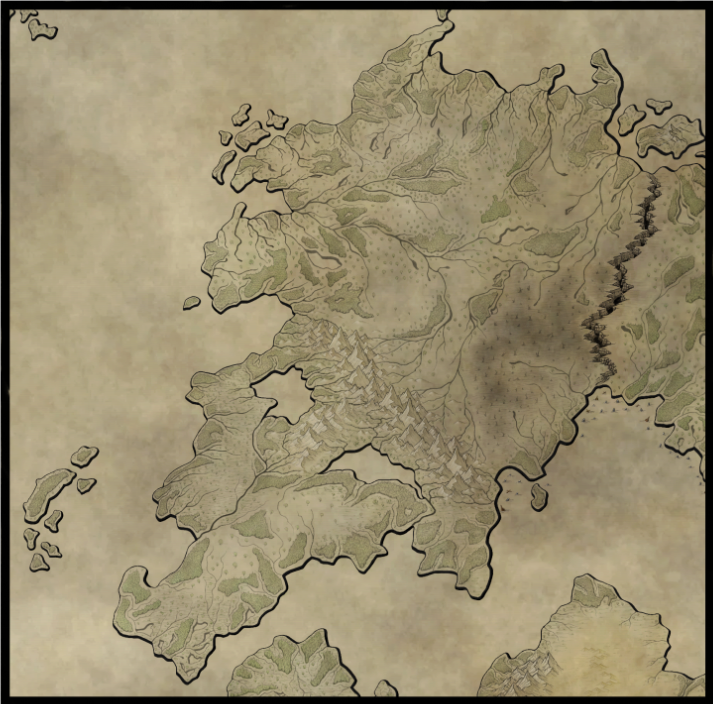
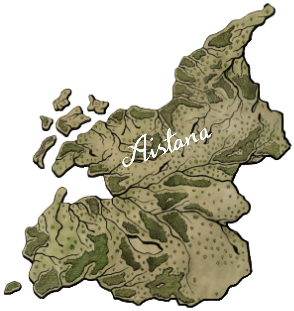
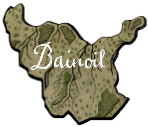
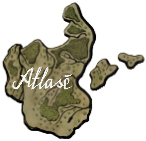
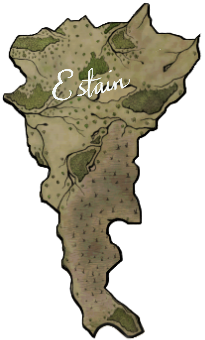


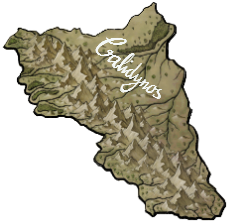
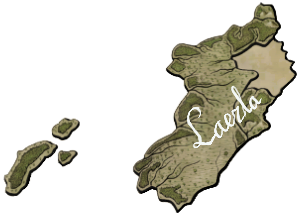
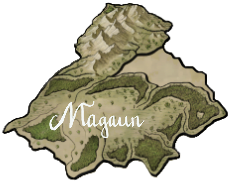

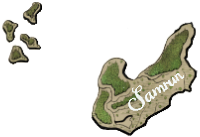
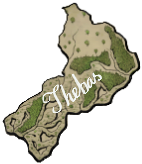

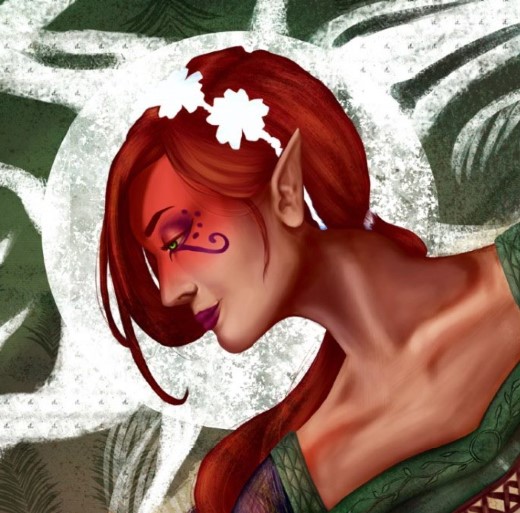


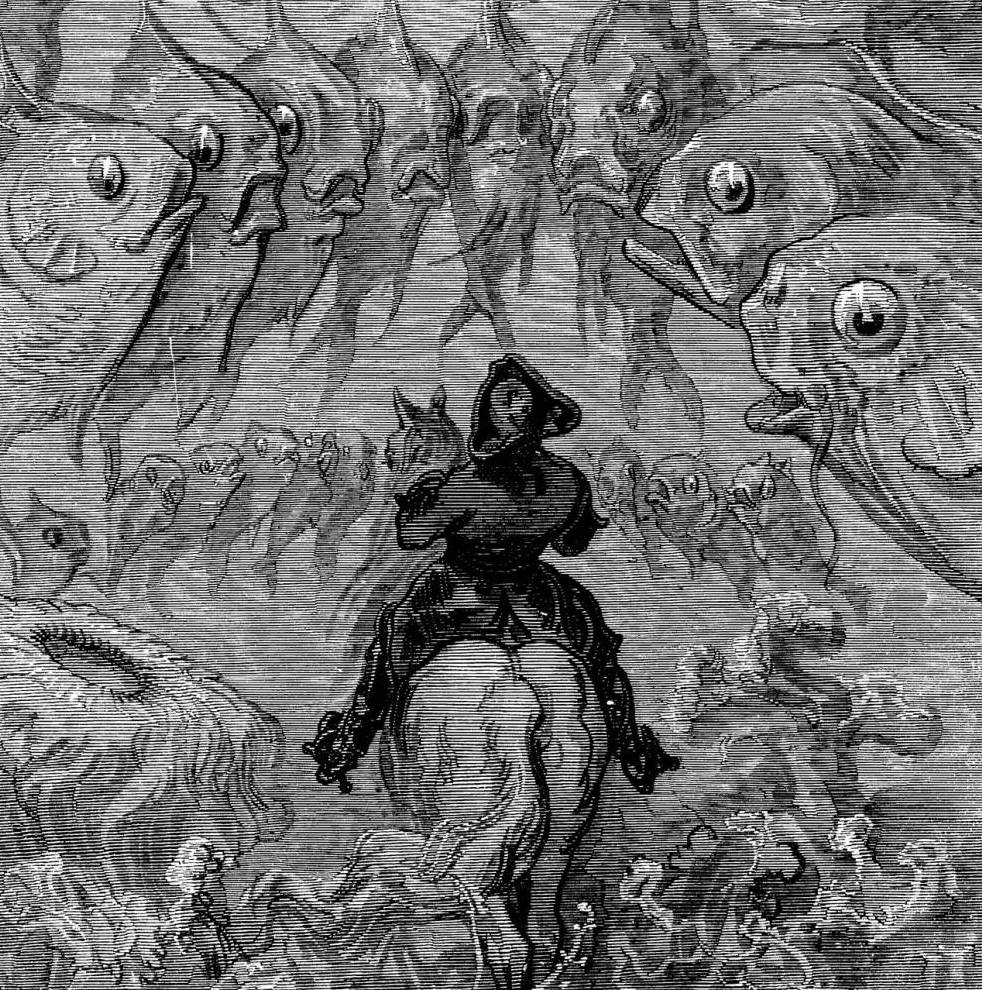
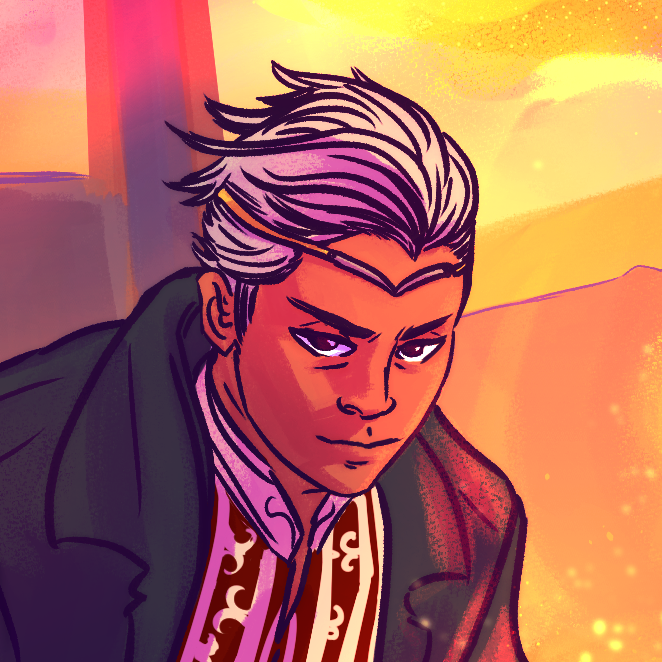





Amazing article and the map looks amazing
Thank you <3